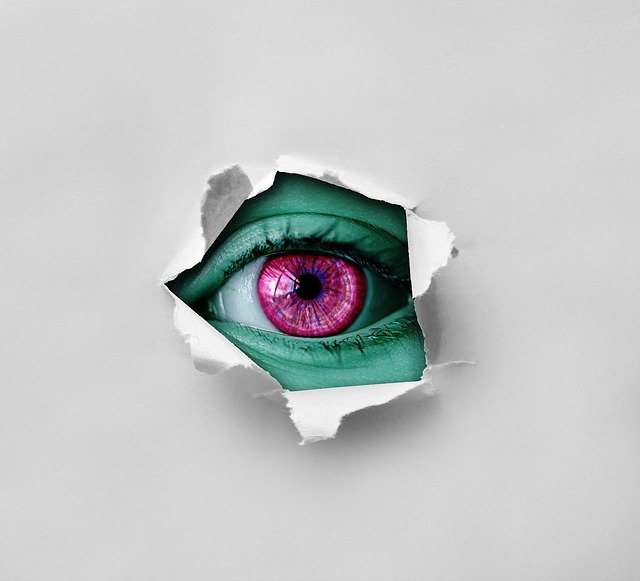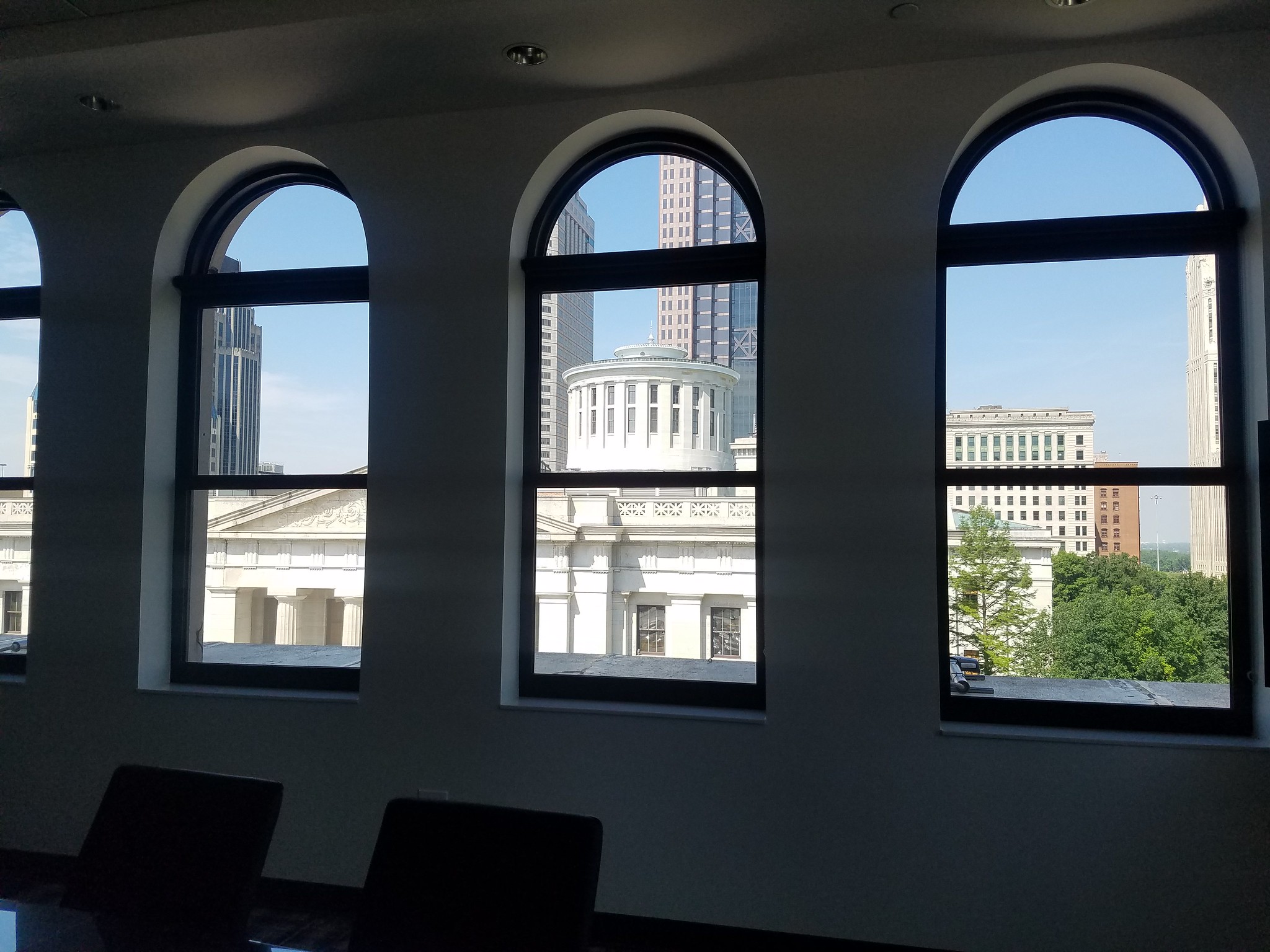This information below was shared by the Delaware General Health District (DGHD) on Tuesday.
The Delaware General Health District is seeing an increase in cases of conjunctivitis (pink eye) in our community, including one outbreak in a school. Over 50 cases have been reported to the DGHD since October 1. Conjunctivitis can result from many causes including allergens, bacteria, contact lens use, chemicals, fungi, viruses, and certain diseases. The increase in cases is likely due to bacterial or viral conjunctivitis based on the information gathered on the cases reported to the DGHD.
According to the National Institute for Health, it is estimated that acute conjunctivitis affects 6 million people annually in the United States. The cause of conjunctivitis can sometimes be difficult to determine without laboratory testing. A sample of eye discharge from the infected eye can be collected and sent to the laboratory to help determine the cause and how best to treat it.
Symptoms of conjunctivitis include redness or swelling of the white(s) of the eye(s) or inside the eyelid(s), discharge from the eye(s), itchy or scratchy eye(s), crusting of eyelid(s) or lashes.
A thorough patient history and eye examination may provide clues to the etiology of red eye. The history should include questions about unilateral or bilateral eye involvement, duration of symptoms, type and amount of discharge, visual changes, severity of pain, photophobia, previous treatments, presence of allergies or systemic disease, and the use of contact lenses. The eye examination should include the eyelids, lacrimal sac, pupil size and reaction to light, corneal involvement, and the pattern and location of hyperemia. Preauricular lymph node involvement and visual acuity must also be assessed.
Antibiotics are not effective against viruses, and most cases of viral conjunctivitis will clear up in 7 to 14 days without treatment and without any long-term consequences. Mild bacterial conjunctivitis may get better without antibiotic treatment and without causing any complications. It often improves in 2 to 5 days without treatment but can take 2 weeks to go away completely. Antibiotics may be necessary with discharge, when conjunctivitis occurs in people whose immune system in compromised, and when certain bacteria are suspected. Bacterial conjunctivitis may improve after three or four days of treatment, but patients need to take the entire course of antibiotics to prevent recurrence.
According to the Ohio Administrative Code (OAC) 3701-3-13, “A person with purulent conjunctivitis who attends or works in a child care center shall be excluded from the child care center and may return twenty-four hours after the initiation of effective antimicrobial therapy.”
Reporting outbreaks of conjunctivitis (2 or more cases linked to a common exposure) are a Class C reportable condition, meaning an increase in cases are required to be reported by the next business day. Please report all outbreaks to the Delaware General Health District (DGHD) by calling (740) 203-2039 or fax reports to our secure fax line (740) 203- 2044.









